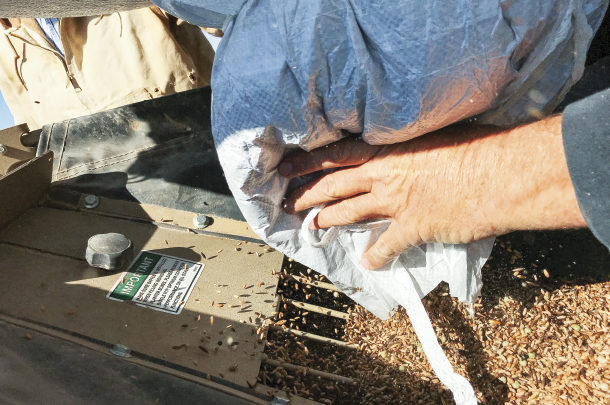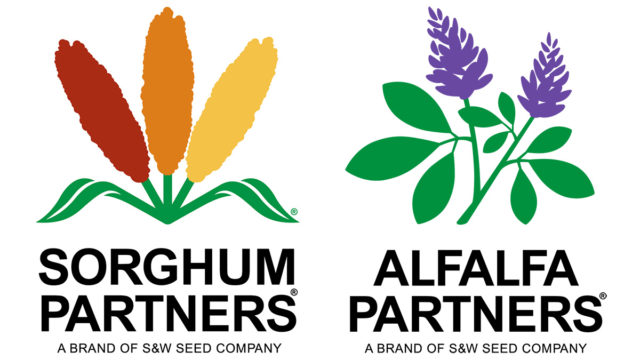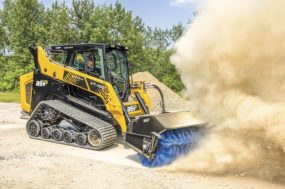Cover crops serve as a useful tool that can help you follow soil health principles and regenerate the health and productivity of the soil on your ranch. Cover crops protect the soil by covering it from the sun, decreasing evaporation, increasing soil moisture and infiltration, and preventing erosion. Bare ground is the enemy on a ranch, and cover crops effectively combat it. They also help build good soil structure by providing deep living root systems that nurture valuable soil microbes.
Cover crops also can serve as cost-effective forage for livestock while providing food, habitat and cover for beneficial wildlife. Attracting wildlife is important, as the health of the land is tied to wildlife. Beneficial wildlife, just like cover crops, plays a large role in regenerating soil.
Diversity is key when it comes to cover crops. You would lose out on benefits by planting a monoculture of only one (or even two or three) cover crop species. Having a diverse group of plants and forbs creates a more complex environment where different organisms work together to create a positive, compounding effect on the land. A varied cover crop mix can increase the soil’s water-holding capacity and carbon sequestration, improve plant productivity and benefit to wildlife populations.
If managed properly, a diverse cover crop mix can best serve the multiple purposes mentioned above, as food plots and habitats for wildlife, as well as nutritious forage crops for livestock.
Here are some popular, multipurpose options to include in your cover crop seed mix:
Warm-season cover crops
Legumes – Cowpea and sunn hemp
Warm-season legumes provide multiple benefits that can positively affect the soil on your ranch. Both cowpeas and sunn hemp build nitrogen levels in the soil. They also attract and serve as great habitats for pollinators and other beneficial insects like bees and ladybugs, helping to cultivate a thriving ecosystem. An important thing to note is that cattle may not prefer to graze sunn hemp at first. However, it works well to offer cattle sunn hemp in a mix when the sunn hemp is about 12 to 18 inches tall, with daily moves or strip grazing.
Grasses – Wildlife grain sorghum, Japanese millet, browntop millet and pearl millet
Warm-season grasses pair well with warm-season legumes in cover crop mixes, boosting the amount of forage produced. Furthermore, warm-season grasses provide food for birds, particularly waterfowl and upland game birds (such as doves, turkey and quail). Japanese and browntop millet reseed well, meaning they don’t need to be replanted annually. Pearl millet is well-known for producing a large, high-quality amount of cattle forage.
Brassicas – Radishes, turnips and collards
Preferred by both cattle and deer, brassicas provide plenty of reasons to be included in your cover crop mix. Brassicas draw many different types of beneficial insects, do an effective job of attracting and providing insects as food for juvenile ground-nesting birds (such as turkey and quail), and many are edible by humans. Additionally, earthworms and butterflies gravitate to radishes. Earthworms, in particular, are fantastic for soil health and are a tremendous asset to have in your soil.
Broadleaf plants – Sunflower, okra, chicory and plantain
Eaten by most wildlife, warm-season broadleaf plants are consumed by cattle, deer, sheep, goats and birds. While all broadleaf plants benefit soil health, okra and chicory specifically have good roots for breaking up hard soil. Chicory and sunflowers will attract plenty of pollinators as well, including honeybees.
Cool-season cover crops
Legumes – Winter peas, vetch and clovers
Like their warm-season counterparts, cool-season legumes regenerate nitrogen in the soil, draw pollinators and are high-protein forage for cattle. Clovers and vetch often don’t need to be replanted, and many cool-season legumes provide forage for deer, antelope and elk. Primarily, these legumes thrive in cooler weather, a characteristic that each of the other cool-season cover crops share.
Grasses – Oats, wheat, barley, triticale, rye (cereal) and ryegrass
Cool-season grasses are easy to grow and can support a multitude of wildlife. Oats and wheat are the most popular species planted for deer food plots during the cool season because they are high in energy when deer need it. Most cool-season grasses are grain producers, which means they provide suitable food and habitat for a whole host of birds, including quail, doves and geese. Small grains are also high-quality forage for livestock.
Brassicas – Radishes, collards and turnips
Radishes, collards and turnips are versatile forbs that can be planted in multiple different climates. During the cool season, they retain many of the same benefits as during the warm season. The trio is still suitable forage for cattle and deer and attracts beneficial insects.
Broadleaf plants – Plantains and chicory
Even in the cool season, broadleaf plants are still some of the most popular forbs for foraging among wildlife and livestock. Cool-season broadleaf plants provide consistent forage during a season where that can be hard to come by.
You’ll need to choose a cover crop mix based on the context of your individual ranch. Your context includes your location, soil type, livestock composition and other considerations unique to you, your operation and your land. Some cover crop mixes work better for some situations than others. Think about where your ranch is located, what kind of livestock you own and what kind of wildlife is present in your area before designing a cover crop mix.
Remember that diversity is key. Avoid planting cover crops in monocultures, but focus on planting mixes in polycultures to get the most benefits from your cover crops. When selected well, planted in the right area and managed properly, cover crops can have a positive impact on the quality and health of the soil on your ranch.












